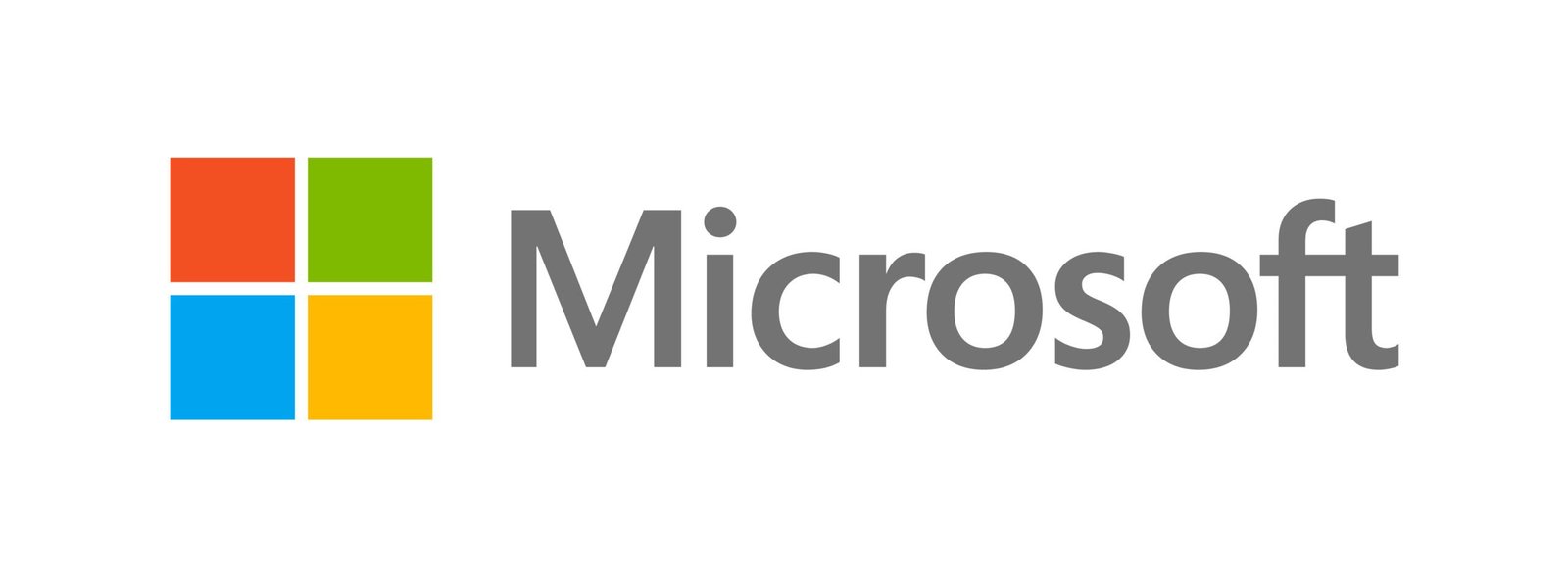International Brand Growth: A New-Age Blueprint for Taking Your Business Worldwide
Industry: Marketing
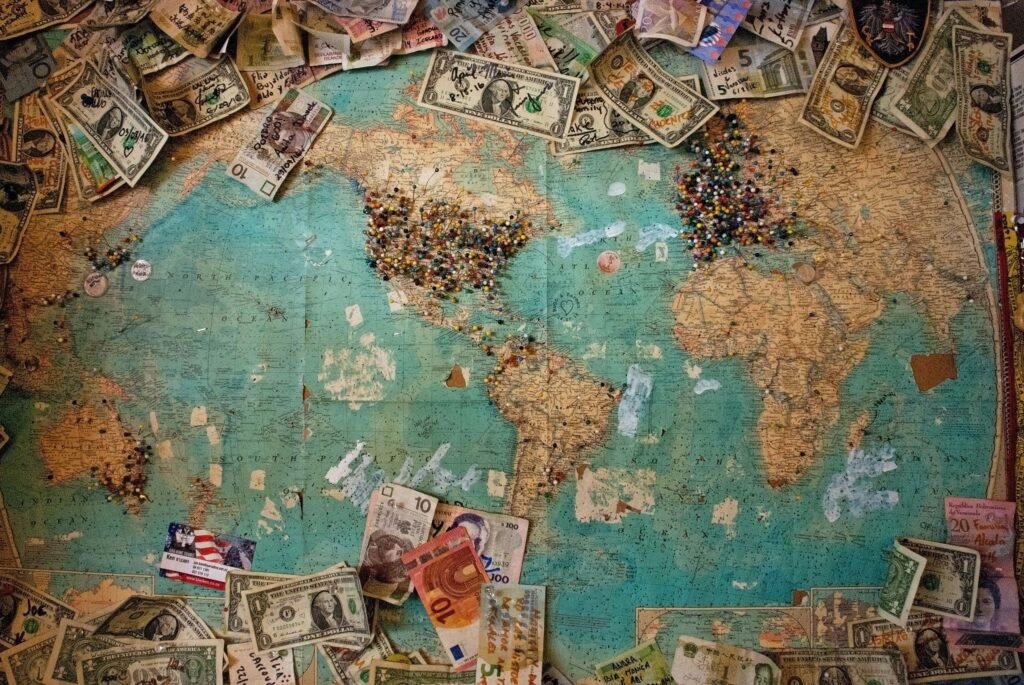
Breaking into international markets used to be a dream for most businesses. Today, it’s a strategic necessity. Whether you’re a startup with big ambitions or an established brand looking to diversify, expanding globally offers a powerful way to unlock new revenue streams, build brand resilience, and reduce market risk. But here’s the kicker: going global isn’t just about going bigger—it’s about getting smarter.
So let’s dive into a modern, no-fluff guide to smart global expansion that avoids copy-paste playbooks and focuses on adaptability, local intelligence, and digital muscle.
Why Global Expansion Is the Next Logical Step
If you’re still on the fence, consider this:
Companies that scale internationally grow up to 20% faster than those that don’t.
Diversifying into new markets shields you from regional downturns.
You gain access to untapped customer bases and global talent pools.
But beware: brands that skip cultural insight, digital readiness, or market-specific strategy often crash hard.
1. Think Global, Act Local: The Cultural Imperative
Culture can make or break your global entry. Localization isn’t just translating text; it’s:
Tailoring pricing models (think different GDPs and purchasing habits)
Modifying products or services (like McDonald’s menu variations)
Offering local payment options (e.g., Pix in Brazil or UPI in India)
Building culturally relevant content that actually resonates
Case in point: Walmart’s failure in Germany wasn’t about price—it was about ignoring local retail culture.
2. Start with Data, Not Assumptions
Before you spend a dollar on ads or open an office abroad, dive deep into:
Search demand using tools like Ubersuggest or Google Trends
Competitive gaps – Is the market saturated or wide open?
Local purchasing behaviors – B2B vs. B2C dynamics can vary wildly
Legal landscape – Understand regulations, tariffs, and data compliance laws
The goal? Find markets with demand, profitability potential, and low friction.
3. Prioritize Markets with Strategic ROI
Don’t try to go everywhere at once. Instead, assess:
Brand recognition (are people already Googling you there?)
Economic strength & political stability
Internet penetration and digital habits
Start with “easy wins”—like expanding from the U.S. into Canada, Australia, or the UK—before jumping into more complex regions.
4. Local Leadership Isn’t Optional—It’s Essential
You can’t run a global business from your local HQ alone. Hiring on-ground talent who understand the local landscape is critical.
Recruit regional managers or managing directors
Build alliances with local partners, influencers, and vendors
Empower them to adapt brand voice and strategy
Example: McDonald’s succeeded in Latin America through a local franchise partner that knew the market intimately.
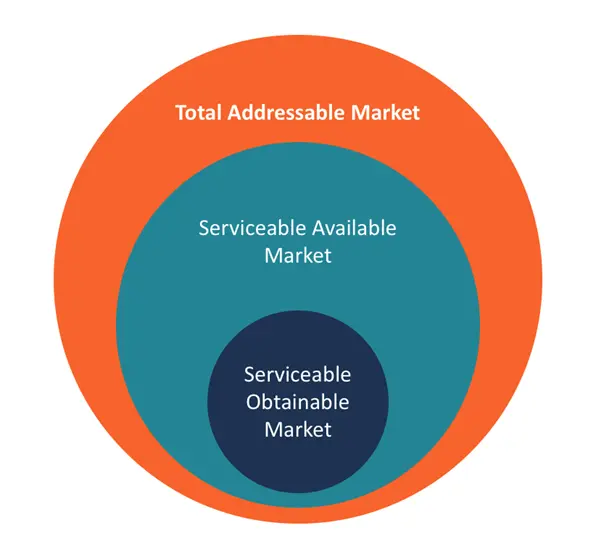
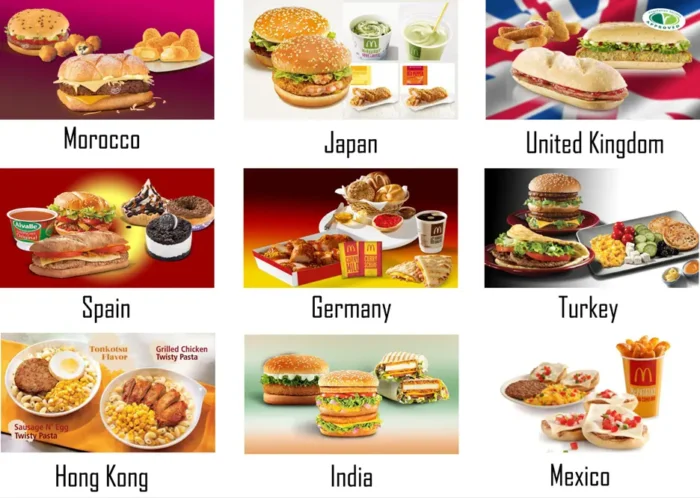

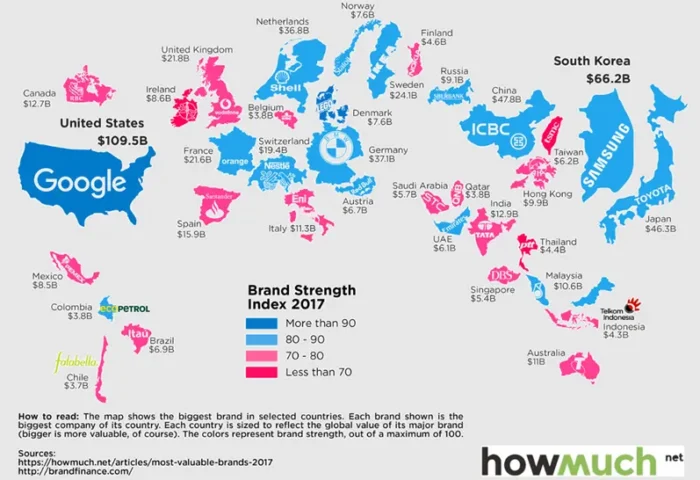
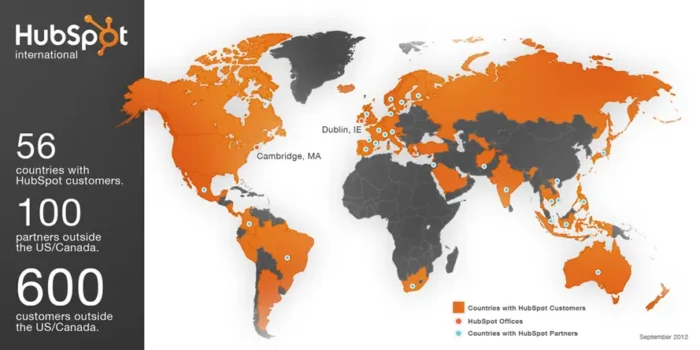
5. Your Digital Marketing Must Go Hyper-Local
A global digital presence doesn’t mean a one-size-fits-all campaign. Adapt to local platforms, languages, and habits:
Use local social channels (WeChat in China, LINE in Japan, WhatsApp in Brazil)
Collaborate with regional influencers for authentic trust
Run region-specific SEO and PPC strategies (Google in India, Baidu in China)
Pro tip: Use hreflang tags and localized keyword research to ensure your content is indexed properly in each language.
6. Build a Borderless Tech Stack
To truly operate globally, your backend needs to be airtight:
Multilingual CMS (Content Management System)
Country-specific checkout flows and payment gateways
International CRM tools that support regional compliance (like GDPR)
Analytics dashboards with multi-country filtering
A tech stack that can’t scale globally will bottleneck you faster than a poor product.
7. Personalize, Automate, and Test Everything
International audiences require different offers, tones, and timing. Use:
Geo-targeted ad campaigns for local relevance
Behavioral personalization based on regional user habits
A/B tests to fine-tune language, design, and value propositions
Example: Starbucks runs mobile discounts that change based on city, time zone, and customer loyalty tier.
8. Global Brand, Local Soul
Yes, consistency matters. But don’t let it become rigidity. Maintain core brand values, but give your team room to adapt:
Visuals: Tweak design elements to reflect regional aesthetics
Messaging: Adjust tone and phrasing for cultural relevance
Offers: Use local events or holidays to create urgency
The goal? Let your brand feel familiar but not foreign.
9. Stay Agile: Expansion Is a Process, Not a Project
Successful global brands don’t stop expanding—they evolve.
Revisit your international strategy quarterly
Collect local feedback regularly
Be ready to pivot when cultural, political, or economic conditions change
If something doesn’t work in one country, learn and adjust. It’s iteration—not perfection—that wins in global scaling.
Final Word: International Isn’t a Checkbox—It’s a Mindset
Going global isn’t just about opening offices or translating your site. It’s about embracing complexity, valuing local insight, and using digital tools to connect at scale. The best brands don’t conquer—they collaborate. They listen more than they talk, adapt more than they dictate, and build communities that cross borders.
So if you’re serious about scaling smart, start with culture, fuel it with data, power it with tech, and always lead with purpose.
Are you an ambitious business in India, especially in Odisha, looking to take your brand global? Let’s build your roadmap together. Our team specializes in digital-first international marketing strategies that scale revenue and relevance across borders.
📩 Reach out now and let’s plan your global takeover the smart way.
The technology that we use to support you
Ready to reduce your technology cost?
See More Blogs
Partner with Us for Comprehensive IT
Call us at: 700-880-7871
- Client-oriented
- Independent
- Competent
- Results-driven
- Problem-solving
- Transparent









